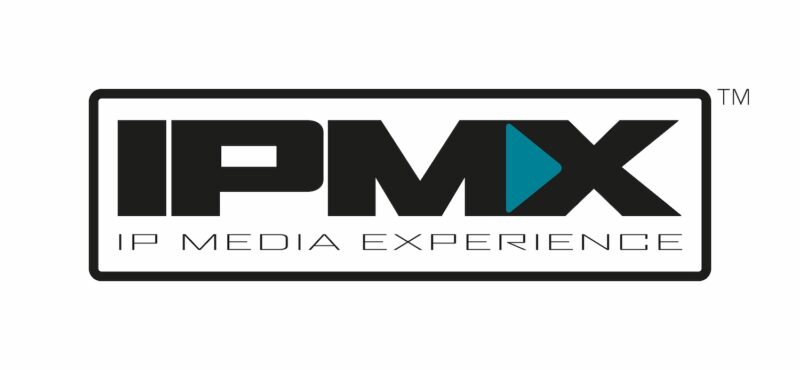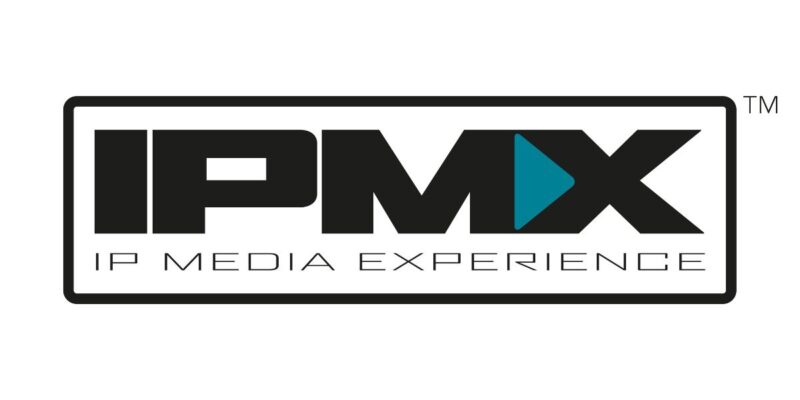Is the Future of AVoIP Wide Open?
In 2013, I did my first blog on video extension technology for rAVe. That was the year that Valens and HDBaseT exploded into the market based on it’s successful beta with Crestron, driving their original Digital Media product line.
There were some manufacturers doing AV over IP at that time as well, companies like Just Add Power and Evertz, that had their own homegrown encoding and decoding strategies.
Fast forward 10 years and AV over IP has emerged as leading choice for distributing and extending video signals through the ethernet switch.
There are a couple flavors on the market. Some use 1Gbps networks, the most popular choice being Crestron NVX these days, if and when you can get the product. Of course NVX uses it’s own flavor of compression, so it isn’t cross compatible with other 1Gbps products from other brands.
Companies like Lightware have products that can do high bit depth, 4:4:4 sub sampling fully uncompressed with dual 10G connections, creating a 20GBps super highway. These may be essential in no compromise environments, but again, this is a special sauce product.
Then there’s SDVoE, whose products do high quality transmission on 10Gbps networks. Technically, SDVoE products should be cross compatible between brands, however some brand’s APIs limit things like end point discovery to their own brand, making cross pollinating harder than it should be. Even if this issue was resolved, SDVoE still needs a 10Gbps network, which limits it’s proliferation, especially in buildings with existing infrastructure.
It seems like there is a gap in the market for an open source AVoIP standard that is open in nature for cross compatibility, with the ability to leverage both 1Gbps networks for basic distribution, as well as higher bandwidth networks for critical applications where compression just isn’t acceptable.
Enter IPMX, the new(ish) AVoIP standard being developed with SMPTE. This standard is being promoted by the AIMS Alliance, and I first heard of their efforts about 3 years ago. Now IPMX had a stand in Barcelona at ISE, but is was actually a stand a few feet away that caught my attention.
If you don’t know PlexusAV, don’t be ashamed, I didn’t either. They’re a new brand on the market, but their parent company, Sencore, has a storied history in AV, most notably in broadcast. Based on that broadcast history, it isn’t that surprising that PlexusAV is entering the ProAV space with it’s new products based on the proven SMPTE 2110 standard that IPMX is using.
The promise of IPMX is an open standard that can utilize networks of varying bandwidth to distribute signals where they need to go in the most efficient way possible, and Plexus AV plans to take full advantage of that standard.
Imagine a system that can take in signals including NDI camera feeds, 4K video from HDMI, H.264 and H.265 streams, and even Dante AV-H protocols, bring them into the switch, and then distribute 4K to a video wall on a 10GBps network, compressed 4K to 20 different screens on a 1Gbps network, and stream the same content via H.265 online.
That is EXACTLY what PlexusAV is offering. To put it simply in their own words:
Plexus AV supports in-room and out of room inputs:
- Out of room meaning all the IP sources, such as existing H.264/265, NDI and Dante AV-H
- In-room is all the baseband connectivity
- On-premise out is baseband out to projectors, screens etc.
- Off premise out is connecting to bandwidth constraint networks, public internet delivery, content delivery networks, lecture capture etc.

The diagram above shows the concept as well, with a vague reference to “PlexusAV magic”. What is that magic? Well there are two pieces of software that they use to help with directing theses connections and setting the quality of each feed.
These are Plexus Visual Array, which is the signal management and device control portion and Plexus Gateway, which is where they allow conversions and public internet connections.
I’m not sure when the products will ship (I guess I should’ve asked, right?) but I am sure that an open standard with cross compatibility across brands and networks is a good thing for AV.
I was also told that I was one of the first people to ever hold their encoder, so I thought it was picture worthy.
As always, I’m not a brand loyalist, nor do I get paid to promote anyone’s product, but I am a fan of pioneering this new open standard, so I wanted to give PlexusAV a well deserved nod.
Kudos.






